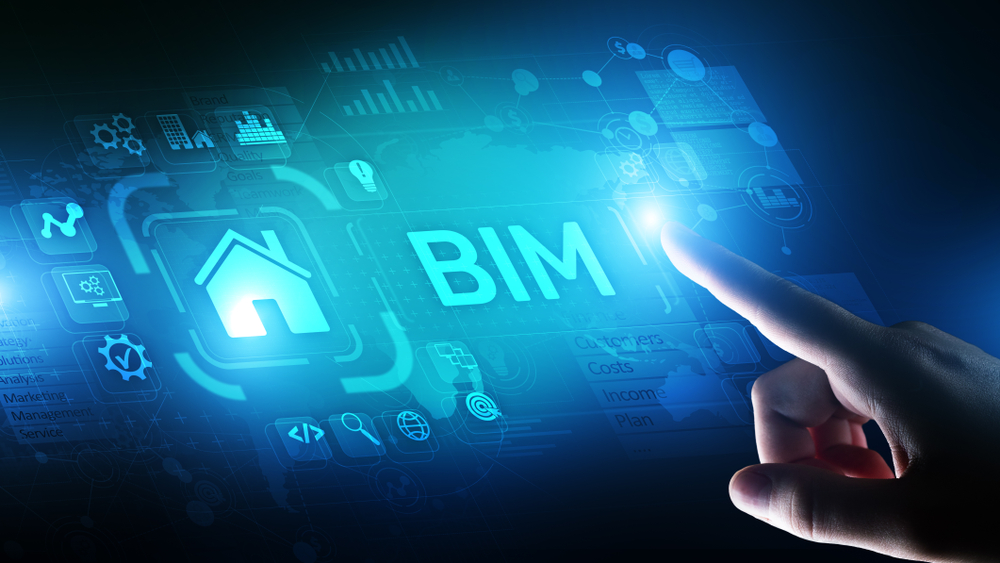What is a BIM Execution Plan (BEP)?
A BEP sets out how the information requirements on a project are to be managed and delivered collectively by all parties involved in the project. BEP is the response to the Employer’s Information Requirements (EIR).
A BEP is a plan defining goals of the project, strategy to follow, team members involved in the project, how to coordinate information and find clashes between disciplines.
A BEP requires constant developing and updating as the project progresses to next stages.
Why a BEP is needed?
Engineering industry nowadays is based on sharing information with others. How this information is shared is fundamental to avoid errors during the design and delays in the programme. The BEP will create a clear plan of the “what, when, how and who” for all the tasks involved in the project.
The main benefits can be summarised as follows:
- Roles and responsibilities clearly defined.
- Goals defined and understood.
- Understanding of team capabilities.
- Information shared in a format that can be used by all team members.
- Easy adaptation for new project members as the BEP will define routines, processes and strategies.

How to create a successful BEP?
Every BEP is unique and there is not a standard extent of the document. It will depend on the complexity of the project, level of detail to achieve and client requirements (stated in the EIR).
The following ideas can be followed to create a BEP for the project you are working on.
1. Define basic information of the project.
You need to provide basic information about the project to allow everyone involved and not involved in the project to have a general idea of the project scope. You should include the client’s name, project number, project name and project location. In addition to this it is helpful to add an initial description of the project, what it will involve and the estimate project duration.
Another important information that helps the successful of the project is to know key team members and designers/modelers. This will allow any person involved in the team to know who and how to contact for a specific requirement of the project.
Finally, you need to define the project’s milestones. This may evolve during the project, but it will help to establish work plans and modify the plans if needed to achieve the overall project schedule.
2. Define project goals.
Goals should be related to the project, be measurable and achievable for the whole project team. Generally, goals focus on increasing the efficiency and safety of the project, improving the quality of the deliverables, improving communication between team members and other main stakeholders or reducing costs and timescales of the project.
It is good practice to set up to what stages of the projects each goal is applicable and assign priority of each goal.
3. Define BIM Uses
You need to understand where the BIM technology (i.e. BIM use) can be applied to achieve the defined goals.
A BIM use is a method of applying BIM during an asset’s lifecycle to achieve one or more specific goals.
Some BIM uses important in the infrastructure sector are:
- Existing Conditions Modelling
- Cost Estimation (5D)
- Site Utilization Planning (4D)
- Programming
- Design Authoring
- Design Reviews
- Drawing Generation
- Engineering Analysis
- 3D Coordination

4.Establish BIM Processes
It is important to help the project team to understand how BIM will be used and to do this, you will create process maps. It would be good practice to produce one general BIM overview map for the entire project and one detailed process map for each BIM use selected.
Each BIM use will be divided into simple processes and organized chronologically including the responsible party of the process and a project phase if applicable. Additional reference information needed for each process can be included in the process. At a certain point, you should include decision gateways to the process where if not achieved the process can be repeated until an acceptable outcome has been achieved.
5. Define Information Exchanges
The models created by each design team for each process will be used for multidisciplinary coordination or by the client for its own purposes. It is important that the information provided is as expected by all team members to avoid design errors and delays in the programme.
A good way to understand the requirements of the information exchange is to create worksheets that include:
- Model Element breakdown, dividing the design elements into smaller items that can be easily shared.
- Responsible team of the design of each model element.
- Data exchange format and version to be provided.
- Level of detail of the exchanged information required.
For further information about our BIM services follow this link.
For support in the production of the BIM Execution Plan, please contact us using our contact form or by emailing us at info@horasengineering.com.

